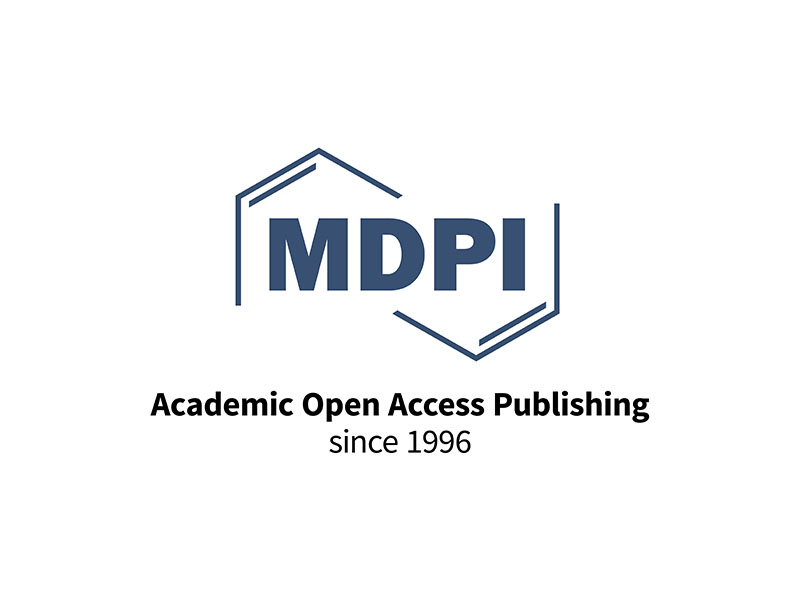Dear Colleagues,
Traditionally, honeybee breeding has been focusing on traits of immediate benefit to apiculturists, such as maximizing honey yield or selecting for traits that allow handling colonies with greater ease, for instance, gentleness or low swarming tendency. In particular since the establishment of breeding value estimation, significant genetic progress has been achieved in this regard.
More recently, following the global spread of the invasive varroa mite together with the limits of chemical parasite control, selection efforts also include approaches towards improved mite resistance of breeding stock, for instance, the suppression of mite reproduction (SMR) or, more specifically, varroa sensitive hygiene (VSH). Recent research efforts have dissected mechanisms underlying these traits, and new avenues in breeding for varroa resistance are opening based on genomic analyses allowing marker assisted selection.
Not least, breeding efforts to improve the apicultural traits of endangered honeybee populations and subspecies, aiming at increasing their attractiveness to local beekeepers, have recently been initiated and offer the chance of sustainable conservation of honeybee genetic and geographic diversity.
In this Special Issue, we aim at presenting a broad perspective on contemporary selection programs and breeding initiatives on a global scale.
Dr. Marina Meixner
Dr. Ralph Büchler
Guest Editors










